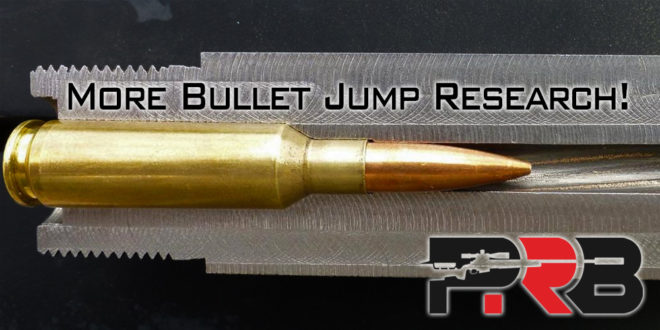I have a 300 WM that I was having trouble getting a good load out of. I thought I would try the Berger 215 gr Hybrid Targets, but for them to fit in my magazine I have to load them .05 off the lands (not .005). After first OCW it shot around 1/2 MOA which is satisfactory to me. However, my question is will this cause early throat erosion or other problems? Is there any problem with seating that far off?
Secondary question - if this is a problem, any alternative hunting bullet you would recommend? I tried ELD-X's but I could get nothing under 1
Secondary question - if this is a problem, any alternative hunting bullet you would recommend? I tried ELD-X's but I could get nothing under 1


